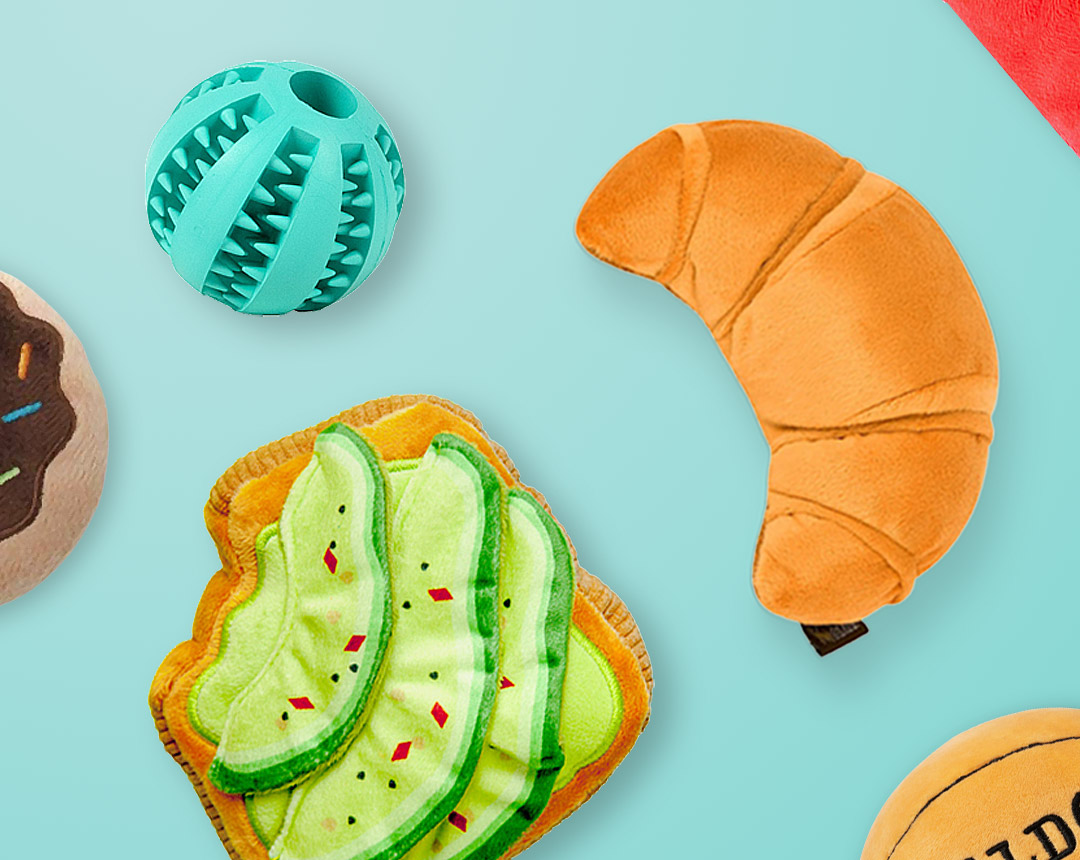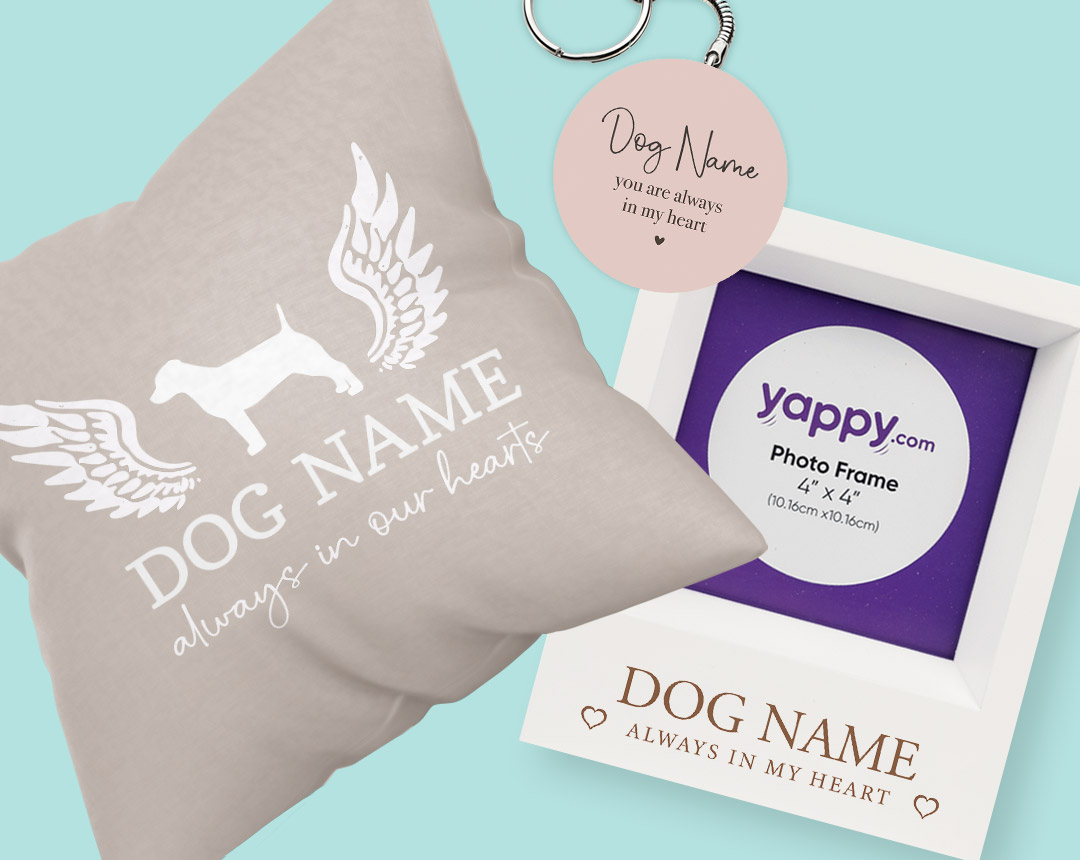Create Your Bloodhound's Shop
Bloodhound Breed Summary
Obedient, Affectionate, Loving, Gentle and Stubborn
These dogs are extremely large in size and have highly skilled noses and a strong ability to track down prey over long distances! They are very noble-looking and also make really good search and rescue dogs!
They are a very ancient breed, thought to have been developed by Belgian Monks. They make lovely family pets, though their high energy means that they need a large garden to run around in.
Fun Fact: These guys can track a scent that's over 300 hours old!
| Kennel Club Group | Hound |
| Lifespan | 7 - 8 years |
| Height (at the withers) | Males 64cm – 72cm, Females 58cm – 66cm |
| Weight | Males 46kg – 54 kg, Females 40kg – 48kg |
| Coat | Coats are Short with a Smooth Texture that are Extremely Weather Resistant |
| Colour | Black & Tan, Liver, Liver & Tan, Red |
| Eye colour | Dark Brown or Hazel |
| Common health issues | Hip dysplasia, Elbow dysplasia, Multi-ocular defects (MOD) (Schedule B), Dermatitis, Aortic stenosis, Degenerative myelopathy (DM), Bloat/gastric torsion, Cancer, Epilepsy, Wobblers syndrome, Ectropion, Entropion, Cherry eye, Dry eye, Injuries to their ears, Nervous temperament, Weak hindquarters and unsound gait |
| Other Names | Sleuth Hound, Chien de Saint-Hubert, St. Hubert Hound |
These dogs often have conflicting personalities. They can go from obedient to stubborn within the wag of a tail or argumentative to affectionate in one bark. However, one thing that all of these dogs have in common is that they are very sensitive, meaning training can sometimes be more difficult, as they will not respond to harsh correction. They don’t make brilliant guard dogs, but this is only because they love people too much! In new situations these dogs may react one of two ways; very excitedly and vocally or gently and playfully. Obviously, you will want a dog with a nice temperament, so it’s worth meeting their parents and seeing how they react with their siblings before getting one. However, with the correct amount of training and socialisation, they make lovely family pets.
The Bloodhounds ancestors have supposedly been around since the first century, AD. But it wasn’t until Medieval Europe that dogs started to be developed specifically for their sniffing abilities! The official first mention of the breed was in 1350 in a poem by Sir Humphrey de Bohun, the Earl of Hereford, though from the context of the poem, it appears obvious that the word ‘Bloodhound’ was a relatively well-known word. The name itself comes from the fact that this breed had ‘aristocratic status’ and were kept by nobles, in other words, a ‘blooded’ hound. They were also favourites of Queen Victoria, who actually entered one of her dogs into a dog show in 1869 and the breed that we know today was mainly developed in the UK. Nowadays, they are often used as search and rescue dogs, ranked at a comfortable 45th amongst 155 breeds.





























